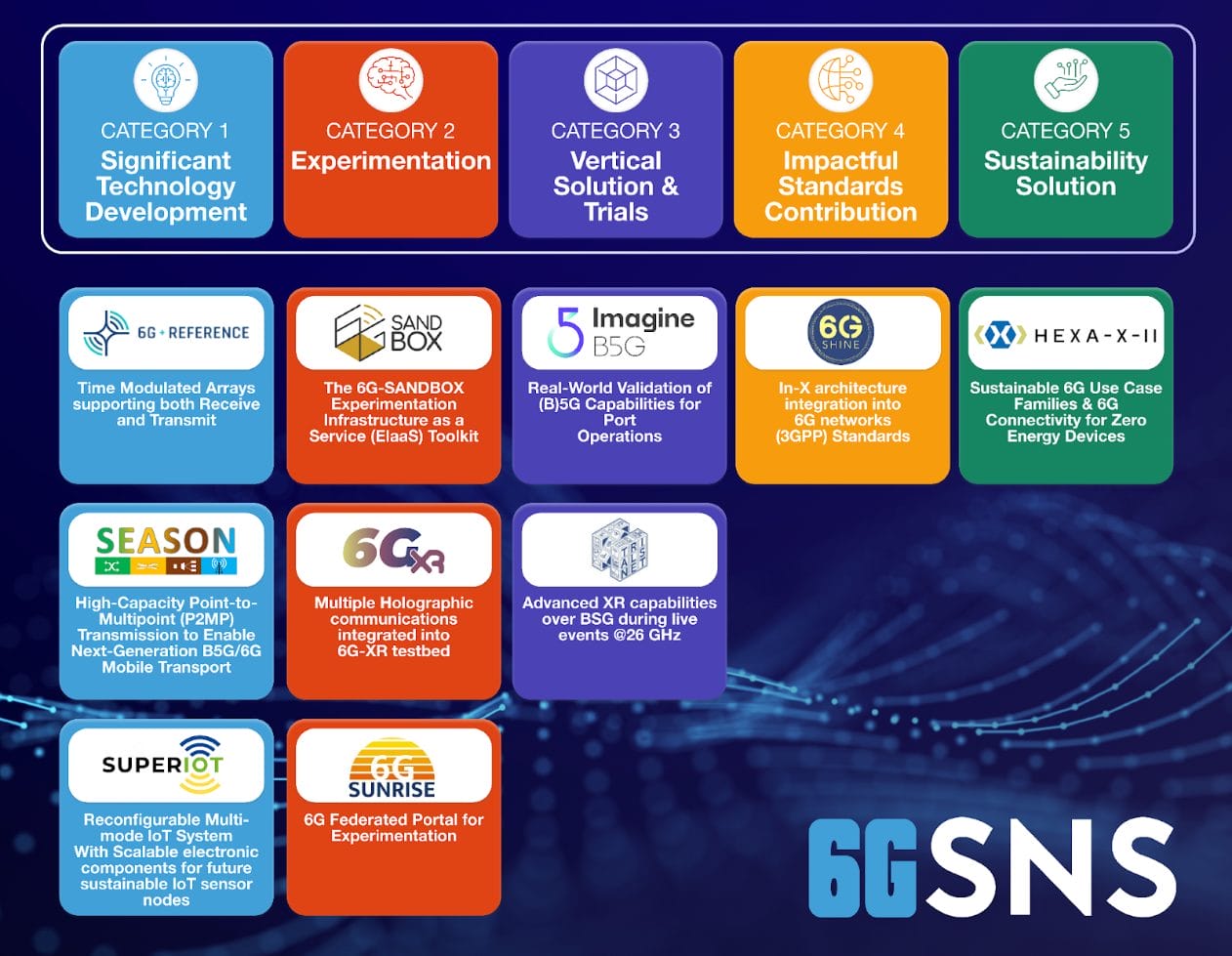In an ambitious leap toward Industry 4.0, researchers at the Advanced Manufacturing Research Centre (AMRC) are working on a project called “WINGS – WIreless 5G time-sensitive NetworkinG for Smart factories”. The project aims to combine Time-Sensitive Networking (TSN) with private 5G networks to deliver reliable, low-latency, and deterministic communications for industrial applications.
Dr Abdul Wahab Qurashi, Connectivity Theme Lead at AMRC, explains that integrating TSN with 5G networks addresses the growing need for flexible, real-time communication on the factory floor. He explains: “Traditional TSN relies on wired Ethernet infrastructure, which is rigid, expensive, and difficult to scale. By integrating TSN into a private 5G framework, we are developing a more agile and cost-effective solution for next-generation factories. This approach, which we refer to as ‘invisible infrastructure’, supports reconfigurable layouts and faster production changeovers.”
This research will focus on incorporating TSN standards: IEEE 802.1AS for precise time synchronisation and IEEE 802.1Qbv for traffic scheduling into the 5G system. It involves the development of key components, including a Network-Side TSN Translator (NW-TT) and Device-Side TSN Translator (DS-TT), which together convert TSN protocols into 5G-compatible formats and ensure precise time synchronisation across the system. A testbed deployed in Portugal simulates real-world industrial conditions using multiple high-resolution cameras, each with different levels of priority and sensitivity. The TSN-enabled 5G system ensures that critical data is sent first, helping to maintain fast and reliable performance for time-critical operations.
“Being able to prioritise and synchronise data flows is essential,” said Mahim Patil, a 5G Technical Lead involved in the project. “The system dynamically maps TSN packet priorities to 5G Quality of Service (QoS) parameters, guaranteeing that critical information always gets through, even under heavy network loads.”
According to Dr James McManus, a software engineer, this could also reduce the cost of connectivity in factories by removing the need for extensive cabling. It could also support new use cases, such as wireless robot control, remote quality inspection using high-speed cameras, and real-time data sharing between machines and control centres.”
The WINGS project is part of the third open call of the IMAGINE-B5G programme, with work continuing until September 2025. The outcomes will be shared through trials, research publications, and collaboration with industry partners. The WINGS project also aims to influence communication standards. As a member of 5GACIA, the AMRC collaborates with industry leaders such as NXP Semiconductors, Belden, and Mitsubishi to influence the development of 6G specifications for industrial applications.
This project has already started its work in the IMAGINE-B5G third open call. If you want to learn more about this and the other selected projects, stay tuned to our website and our social media channels.




Recent Comments